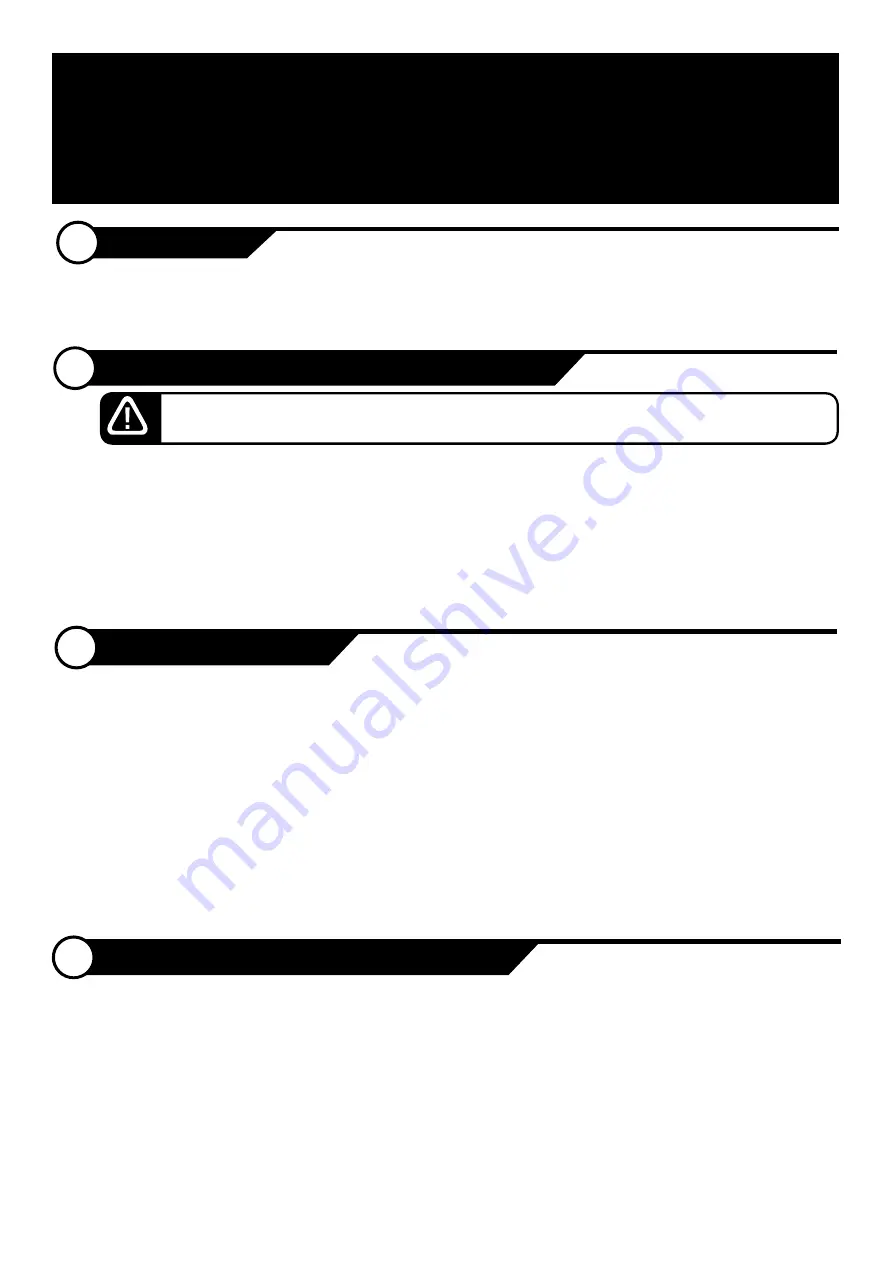
Installation Instructions
CMSLP-380-520 - UHF Ceiling Antenna
Introduction
The CMSLP-380-520 is a UHFceiling mount antenna designed to be low profi le and un-obtrusive. The antenna can be
mounted to non-conductive panels using the supplied nut and mounting screws. If required the antenna can also be
mounted to a vertical surface such as a wall or room divider. The antenna is supplied with FR cable and a variety of
connectors.
SW3-826 - Document Version 1
Mounting requirements and selecting location
The antenna should normally be placed in a fl at, horizontal orientation with the cable exit at the top. However where
required the antenna can be mounted to walls or room dividers in a vertical orientation with the cable exit at the side.
When ceiling mounted the antenna should be mounted centrally within the desired coverage area and when mounted
vertically to a wall or divider the antenna should be deployed facing in the desired direction of coverage.
The antenna should be spaced as far away from any nearby metal structure as possible. Ensure that there is ade-
quate under panel clearance and that the coaxial cable can be routed to the equipment.
Ensure that the selected mounting location can safely be accessed using the equipment that is available.
Antenna Mounting
C.
Where the antenna will be fi tted on a lift out ceiling panel, it may be preferable to remove the panel and mount the
antenna on the panel whilst working at ground level.
Mark the position for the centre fi xing and make a clearance hole for the relevant connector. In the case of an N
female connector this will be 18mm (3/4”) and in the case of a 4.3-10 female connector it should be 24mm (1”). Drill
a pilot hole fi rst and then increase to the required size.
If using the optional additional screw fi xings mark the position of the mounting holes (the antenna can be used as a
template) & drill. Plastic M6 screws are supplied but If mounting to an appropriate material self tapping screws can
be used. Screws should be M6 or 1/4 inch pan head screws of an appropriate length for the installation.
Remove the supplied nut and mount the antenna being careful not to kink or damage the cable.- Re fi x the nut and
tighten. Tighten (but do not overtighten) any screw fi xings over-tightening may damage the antenna cover.
Routing and terminating coaxial cable(s)
D.
Route the coaxial cable to the mating connector, ensuring that the cable is secured and protected from subsequent
damage during access. The cable should never be kinked and the minimum bend radius of 32mm (1.25”) must be
observed.
If cable ties are used, they should not be overtightened, as this will distort the cable profi le and could affect the antenna
performance. Any excess cable should be laid “side by side” (not coiled) and can be secured by cable ties or tape.
Connectors should be cleaned with air or a soft brush and then tightened to the correct torque which is 1Nm for the N
type or a maximum of 5Nm for 4.3-10 connectors.
A.
B.
The antenna should be mounted on non-metallic / non-conductive panels. Mounting on metal surfaces
will detrimentally affect performance.





















